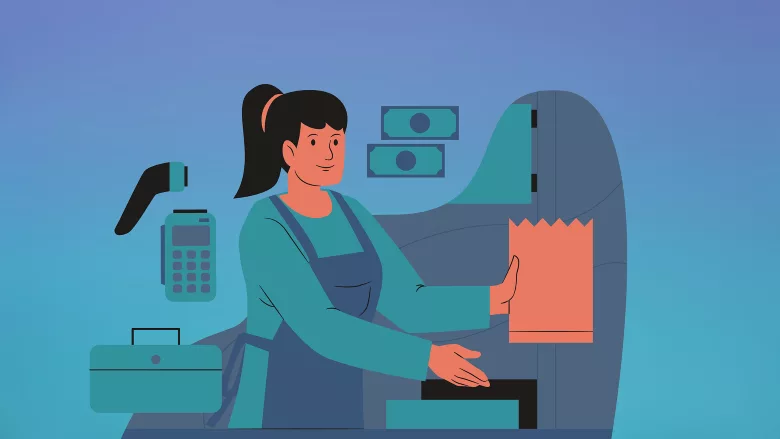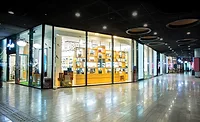Using video analytics to boost retail loss prevention

Image from Pixabay
IP video surveillance can be an effective loss prevention strategy for retailers. However, quickly locating people, objects, or events of interest within the video can be a manual process for many retailers that ends in operator error or missed incidents. This challenge is where analytics powered by artificial intelligence (AI) come into play and can help loss prevention or retail security teams efficiently find vital information and best discern when an incident of concern has occurred.
It was only about 20 years ago that video analytics were in their infancy stage, providing not much more than basic motion detection. But today’s analytics have seen significant technology advancement. Using sophisticated technology, video analytics can help eliminate false alarms since, in many cases, they can distinguish between a person, an animal, or a vehicle. This type of intelligence allows retailers to spend time only on alarms and investigations that matter most.
POS transactions and other data
One highly effective loss prevention strategy for retailers is integrating video with point-of-sale (POS) data. This type of integration allows security to better oversee exactly what’s occurring at checkouts, and can help reduce shrink by immediately alerting security personnel to suspicious transactions and activities such as an unusual number of returns, voids, discounts or under-rings, all of which are potential signs of theft. With such integrations, loss prevention teams can configure a video alert for merchandise voids. If an unusual void occurs, corresponding video can be viewed to investigate exactly what took place with a single click.
The loss prevention efficacy of the POS-video integration can be further amplified by installing a 3D analytics sensor over the POS system. Using stereo vision technology, the sensor can provide insights such as a presence detection analytic, which can tell managers when a person is or is not there. For example, using this data security teams can determine if employees are conducting transactions with no customer present — a red flag for theft.
Detection of security incidents
There are a number of additional ways to incorporate video analytics to the video surveillance system that are particularly beneficial for loss prevention professionals and retailers.
An intrusion detection analytic senses and triggers an alarm the moment a person enters into a defined zone. Security teams can set it to be alerted when someone enters a restricted zone, like a manager’s office or the business after hours. A tripwire analytic can be used similarly by triggering an alarm when someone crosses the defined spot.
An analytic that detects object removal triggers an alarm if an item is removed from a user-defined zone. Retail security professionals can use this to protect high-value items on display, like jewelry or expensive electronics.
A loitering detection analytic notifies loss prevention managers in real time when suspicious behavior occurs near the retail location. For example, it can alert security when people remain in a defined zone for longer than the user-defined time allows. This is useful for loss prevention since loitering can affect the retail location’s image and alienate customers, as well as potentially lead to crimes like property damage and shoplifting.
All of these analytics can “tag” surveillance video whenever the alarm triggers so security teams can quickly and easily review the event that triggered the alarm. This saves security from having to search through hours of video unnecessarily.
Implementing a retail loss prevention strategy can be a daunting and time-consuming task. Using analytics to bolster retail surveillance operations can help by reducing both false alarms and the burden on staff.
Looking for a reprint of this article?
From high-res PDFs to custom plaques, order your copy today!









